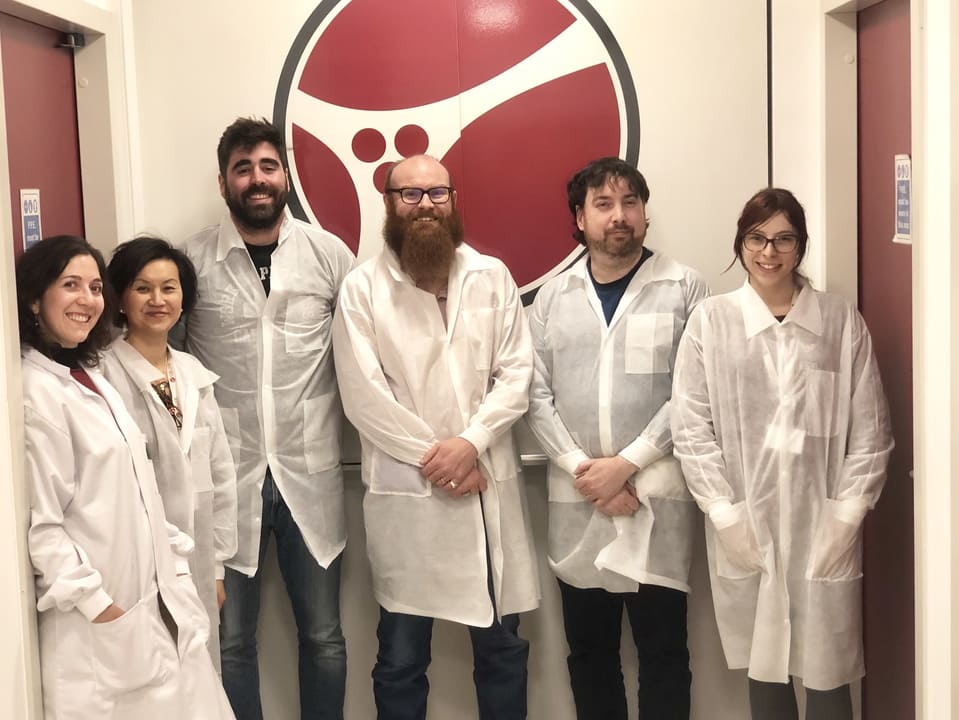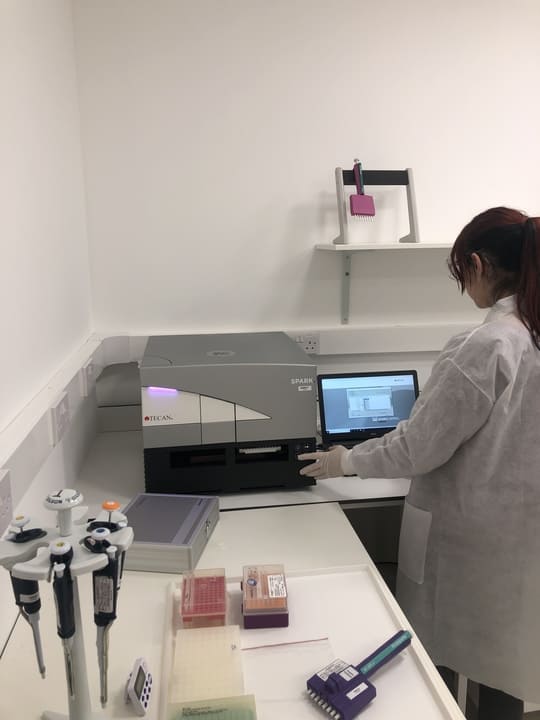Regenerative medicine aims to stimulate the body’s own repair mechanisms to heal damage to tissues or organs. A wide range of biological materials – from extracellular matrix components and platelet lysates to stem cells – can be used to induce targeted tissue regeneration, but require careful formulation, extraction and purification for clinical use. Researchers at Celixir are exploring the potential of this approach to treat ‘tennis elbow’, a common repetitive strain injury affecting around two percent of the global population.
Recent advances in our understanding of cellular and molecular biology have resulted in a number of novel bioengineering techniques being translated from a research environment to clinical applications. UK-based biopharmaceutical company Celixir is focused on the development of off-the-shelf cell and gene therapies to treat incurable or poorly treated diseases, including cancer and heart failure. The company’s pipeline currently features a number of products in clinical or preclinical trials, including a topical gel – Tendoncel – for the treatment of lateral epicondylitis (tennis elbow).
This biotherapeutic, which is currently in Phase II trials, contains platelet lysate materials that aid the regeneration of injured tendons near the surface of the skin. Celixir’s Sheyla Galvez-Peisl explained: “Human platelet lysate (hPL) is an excellent source of anti-inflammatory components, growth factors and other biomolecules that can stimulate tendon repair. Using a proprietary platelet lysis technology, we are able to extract these components from platelet-rich plasma with minimal residual matrix materials. This hPL is then formulated into a gel to create Tendoncel.”
 Members of Celixir’s UK-based Science Group (left to right): Beatriz Canals, Cristina Sum, Daniel Sancho, Dr Lee Chapman, Dr Huw Davies and Sheyla Galvez
Members of Celixir’s UK-based Science Group (left to right): Beatriz Canals, Cristina Sum, Daniel Sancho, Dr Lee Chapman, Dr Huw Davies and Sheyla Galvez
As with any biological product – and especially biopharmaceuticals derived directly from primary donor materials – stringent product testing and quality control is vital to ensure the safety and efficacy of the final product, requiring robust analytical methods and workflows. Sheyla continued: “Each batch of our product is rigorously characterized, using a number of ELISA-based techniques to quantify the various active components. We use commercially available ELISA kits for most of our product analyses, but have adapted the assay protocols to work with gel-based, instead of liquid, samples. The ELISA workflow obviously requires a reliable multimode reader for routine assay processing, but it is equally important that we have a flexible system for assay development and validation. The instrument software is also an important consideration in a regulated environment, to ensure process security and compliance with FDA regulation 21 CFR part 11 for electronic records and signatures. We looked at the various options available on the market, and the combination of the Spark® reader and Magellan™ Tracker software was perfect for our needs.”
“We now have two Spark systems, one at our headquarters here in Stratford-upon-Avon and the other at our manufacturing facility in Greece. It is crucial that any assays developed and validated here can be precisely and reliably reproduced at the manufacturing site, and the Magellan Tracker software is ideal for this. It enables you to set individual access rights and permissions for each user, allowing the administrator – in this case me – to lock the assay parameters. This ensures compliance and guarantees that the assay is performed in exactly the same way every time.”
It is crucial that any assays developed and validated here can be precisely and reliably reproduced at the manufacturing site.
We don’t just use the Spark reader for ELISA validation though,” Sheyla added. “We also use it for the detection of mycoplasma and other contaminants, and are in the process of validating new QC assays for our Heartcel product. Based on immunomodulatory progenitor cells, this therapy is designed to treat patients with ischemic heart disease undergoing coronary artery bypass grafts, so we need a system capable of measuring cell-based assays. In addition, we have the NanoQuant Plate™ for low volume sample measurements. This is ideal for DNA or RNA quantification, as it only requires two microliters of sample, and does not need calibration – it’s used almost every day.”
 The Spark reader provides all the functionality necessary for a regulated environment
The Spark reader provides all the functionality necessary for a regulated environment
“Tecan helped us a lot when we first acquired the system as, like any new technology, you need to become familiar with its capabilities to make the most of it. Tecan’s application support team was very responsive when we had questions or needed guidance on setting up new protocols, and we always get a quick reply if we have any technical questions,” Sheyla concluded.
To find out more about Tecan’s Spark mulitmode reader, visit www.tecan.com/spark
To learn more about Celixir, go to www.celixir.com
Keywords:









